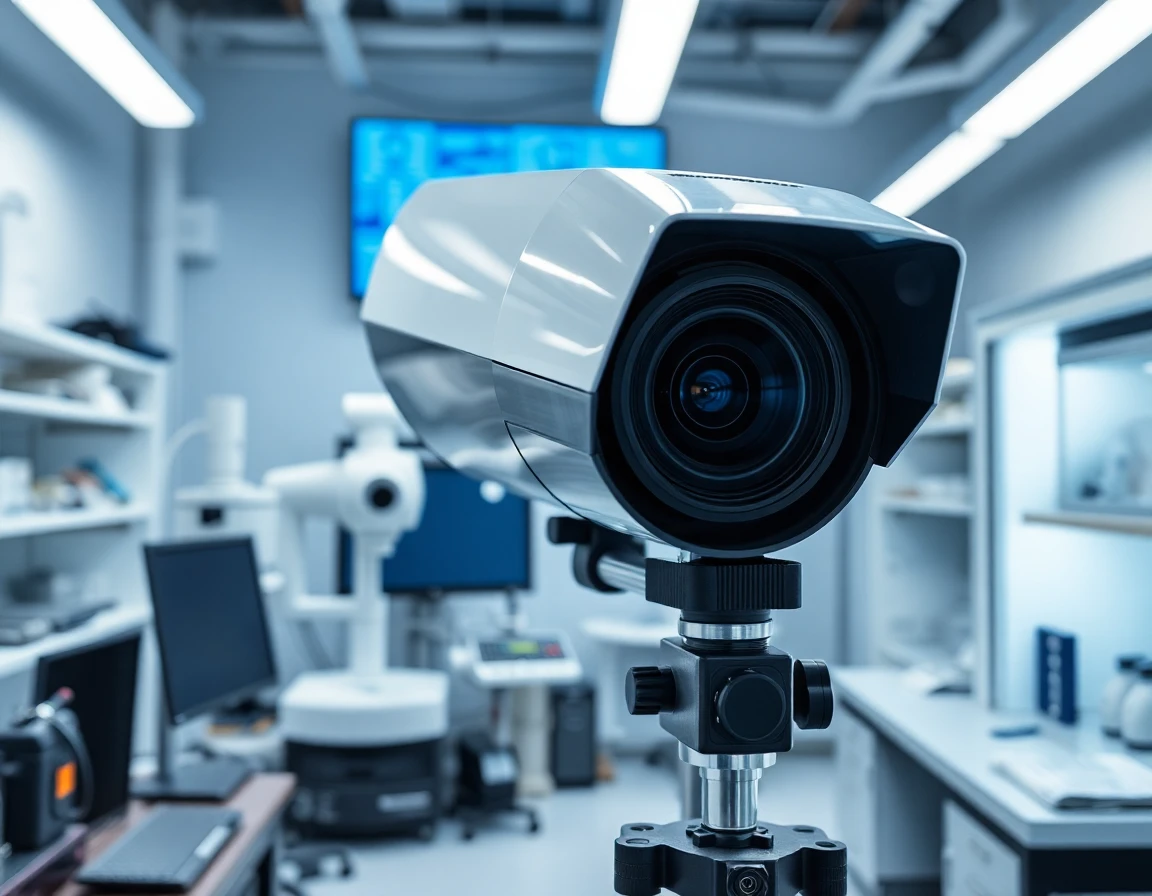In recent years, quantum radar has emerged as a groundbreaking technology that promises to transform the landscape of surveillance and detection systems, particularly within military applications. This sophisticated technology leverages the principles of quantum mechanics to deliver unparalleled performance in detecting objects, even those that are stealthy or difficult to identify with conventional radar systems.
What is Quantum Radar?
Quantum radar utilizes quantum entanglement and superposition to enhance the detection capabilities of radar systems. Unlike traditional radar, which emits a signal and waits for a reflection, quantum radar can exploit the unique properties of quantum particles to significantly increase sensitivity and reduce the chances of being detected by adversaries.
The technology operates on the principle of quantum illumination, where entangled photons are used to illuminate a target. This allows for the detection of very low-reflectivity objects, overcoming challenges posed by stealth technology employed in modern military aircraft.
Technical Specifications and Advantages
One of the most notable advantages of quantum radar is its ability to detect objects in noisy environments—conditions where conventional radar systems often struggle. The use of high-precision accelerometers in conjunction with quantum radar can significantly enhance target tracking capabilities, allowing for more accurate data collection during operations.
Additionally, quantum radar systems can operate with a lower power output than their classical counterparts, making them less detectable and more efficient. The integration of advanced thermal management systems further ensures that these systems can function optimally in various environmental conditions, maintaining reliability and performance.
Military Applications and Implications
The potential military applications of quantum radar are extensive. Experts suggest that this technology could revolutionize air defense systems, providing a new layer of security against stealth aircraft, drones, and ballistic missiles. According to Dr. Emily Carter, a leading researcher in quantum technologies, “The ability to detect and track stealthy objects with high precision will give military forces a strategic advantage in modern warfare.”
Moreover, the implementation of quantum radar could enhance the capabilities of unmanned aerial vehicles (UAVs) and other advanced systems. As military operations increasingly rely on drones for surveillance and combat missions, integrating quantum radar could ensure that these UAVs maintain situational awareness in contested environments.
Current Developments in Quantum Radar Technology
Recent breakthroughs in quantum radar prototypes have shown promising results. For instance, researchers at the University of Science and Technology of China have successfully demonstrated a quantum radar system capable of detecting low-reflectivity targets at significant distances.
These developments are paving the way for future military adoption. Major defense contractors are already exploring potential partnerships to incorporate quantum radar into their existing radar systems. Companies specializing in inertial navigation systems are also keen to integrate quantum technologies to enhance the accuracy of their products in defense applications.
Future Prospects and Challenges
While the future of quantum radar appears bright, challenges remain. The complexity of quantum systems and the need for precise calibration and operation present hurdles that researchers and engineers must overcome. Additionally, the cost of developing and deploying quantum radar systems may limit their initial adoption.
However, as technology progresses and more funding is allocated to quantum research, it is likely that these challenges will be addressed. The potential for quantum radar to reshape air defense strategies and improve military operations is undeniable, leading many in the industry to advocate for increased investment in this field.
Conclusion
As the aerospace and defense industries continue to evolve, quantum radar stands at the forefront of technological advancement. Its ability to detect stealth objects with unprecedented accuracy positions it as a crucial asset for military applications. The integration of quantum radar with existing systems like gyroscopic instruments and thermal management systems will likely enhance operational capabilities, ensuring that military forces remain one step ahead in the rapidly changing landscape of modern warfare.
In conclusion, the promise of quantum radar not only highlights the potential of quantum technologies but also marks a significant leap forward in defense strategies and capabilities. As the research continues to advance, the implications for global security and military operations will be profound.



